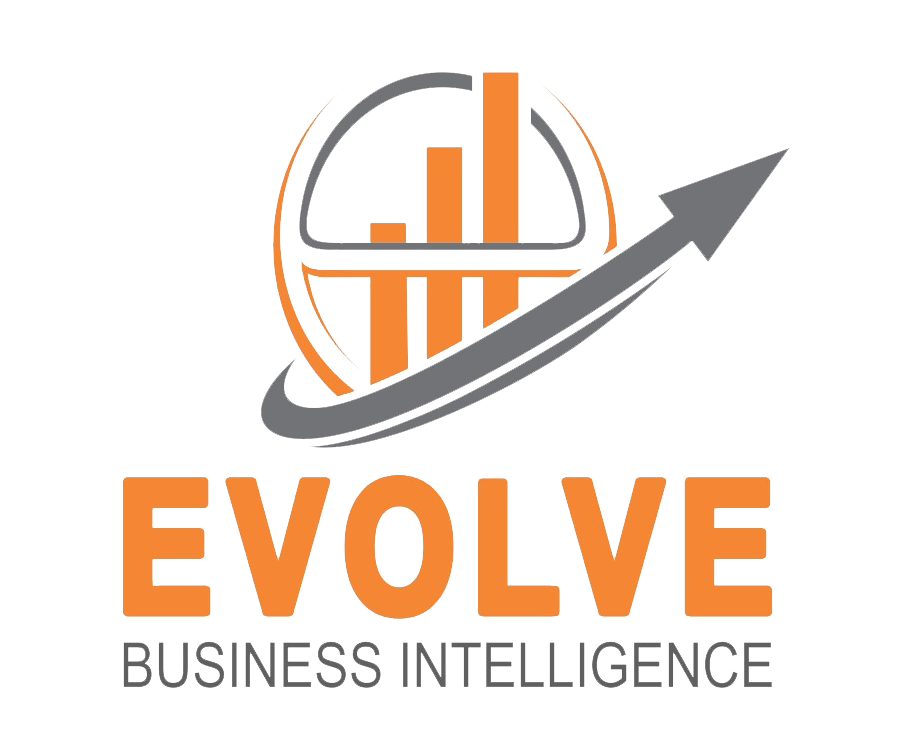The Baby Monitoring System Market Is Estimated To Record a CAGR of Around 4.41% During The Forecast Period
Market Highlights
The Global Baby Monitoring System Market is projected to be valued at USD 607.2Billion by 2033, recording a CAGR o...







